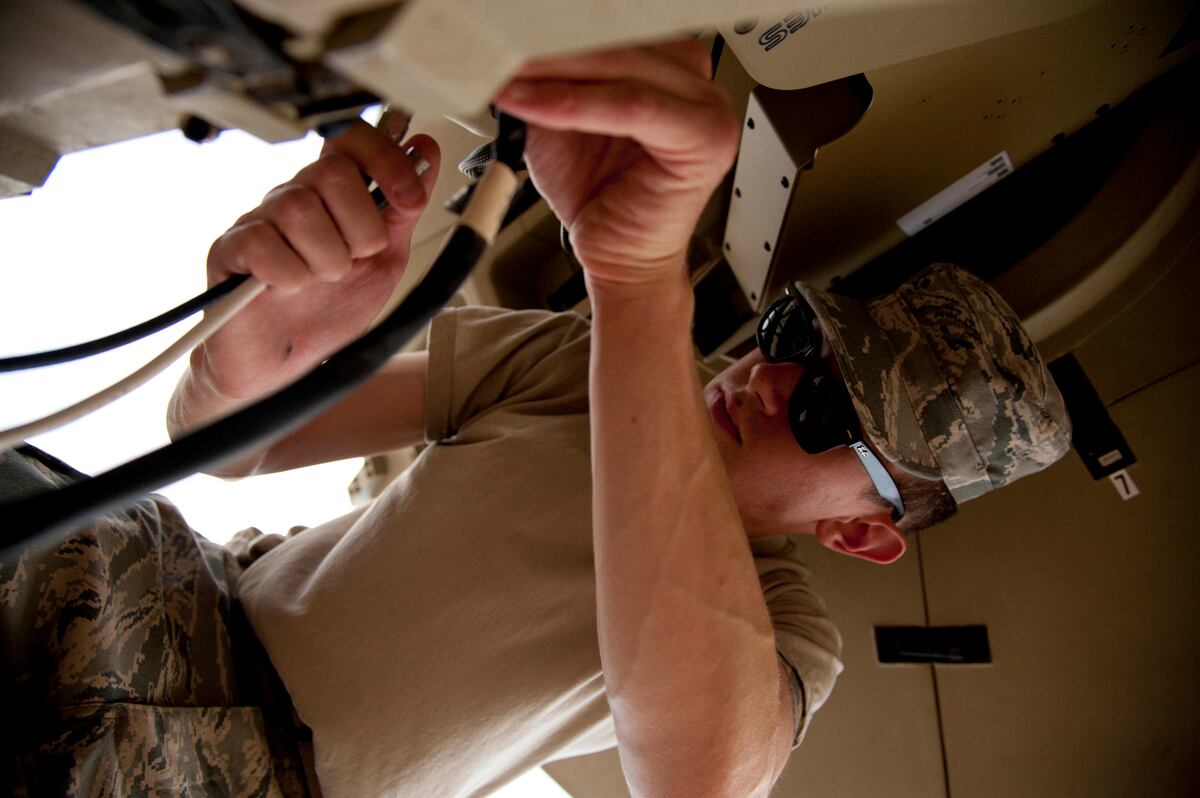The Navy has pulled the trigger on the lucrative engineering services contract for afloat and ashore operations worldwide.
The Space and Naval Warfare Systems Center Pacific awarded Science Applications International Corp. a $116 million prime contract to continue providing a wide range of management and technical support to the Navy’s Tactical Networks In-Service Engineering Activity — what sailors call “TACNET ISEA" for short.
The bulk of the work is expected to be performed in San Diego and Norfolk, with some additional help on Navy vessels and shore sites around the globe.
The contract calls for a three-year base period of performance but includes a two-year option that, if exercised, will hike the value of the deal to about $196 million.
In 2015, SAIC landed a similar three-year $80 million deal with SPAWAR.
“We are proud to continue our support to SPAWAR Systems Center Pacific TACNET and are dedicated to ensuring the highest degree of fleet readiness. For more than 20 years, we have assisted the Navy with sustainment services for critical TACNET systems that serve as the backbone of U.S. naval vessels,” said Jim Scanlon, SAIC senior vice president and general manager of the Defense Systems Customer Group, in a press release.

With more than $4.5 billion in annual revenues, Virginia-based SAIC is a global technical and engineering titan.
Headquartered in San Diego, SPAWAR Pacific spearheads the Navy’s research and development into C4ISR — command, control, communications, computers, intelligence, surveillance and reconnaissance efforts, plus the newest cyber and space systems.
SAIC began working on the TACNET program on March 25, 1996, according to a written statement emailed to Navy Times by Lauren A. Presti.
The new contract includes extensive work on the Navy’s Consolidated Afloat Network and Enterprise Service — CANES, the service’s next generation tactical network. The Pentagon hopes to have it installed in 190 ships, submarines and Maritime Operations Centers by 2020.
It also involves maintaining essential networks, such as the Aegis Ballistic Missile Defense System. AEGIS depends on CANES communicating with the Navy 's Automated Digital Network System and sharing information with other commands at sea and ashore.
Deckplates get email messages and can browse the internet at sea because SAIC keeps CANES, ADNS and other systems working.
In the fiscal year that ended last September, SAIC handled 756 CASREPs — Navy casualty reports that are filed when a system needs repaired — and finished 164 network upgrades in San Diego, Virginia, Italy, Bahrain and Japan. Another 130 upgrades are planned for 2019 and beyond, Presti said.
Prine came to Navy Times after stints at the San Diego Union-Tribune and Pittsburgh Tribune-Review. He served in the Marine Corps and the Pennsylvania Army National Guard. His awards include the Joseph Galloway Award for Distinguished Reporting on the military, a first prize from Investigative Reporters & Editors and the Combat Infantryman Badge.




